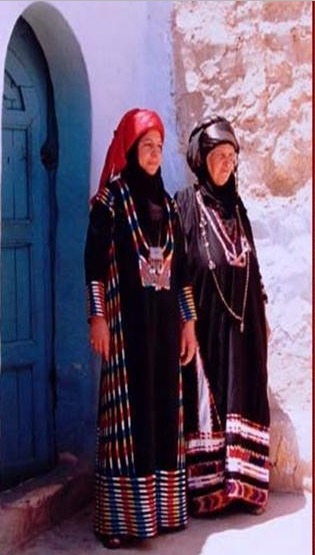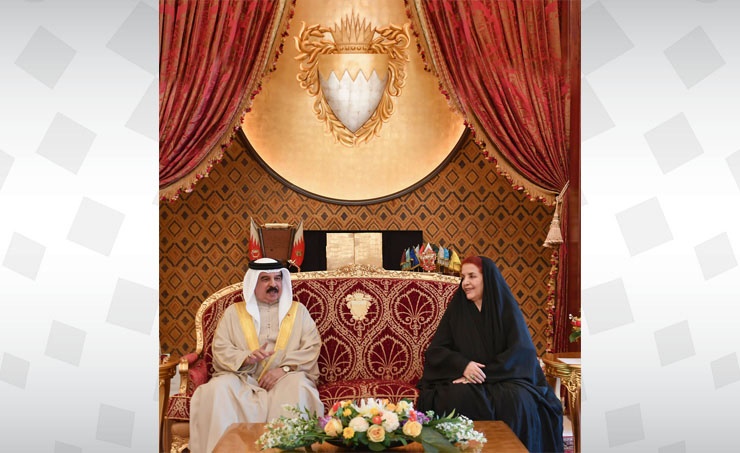

Jordanians enthuse in traditional attire on Independence Day, call for national dress day ..1st addition
Researcher and writer Nayef Al-Nawaisa noted that Jordanians possess a distinct style in their attire, visible across genders and age groups. This style sets them apart from other cultures, serving as a heritage identity or ‘sign language’. This unique aesthetic is most evident during events like weddings, funerals, and holidays, where these occasions act as stages for showcasing each society’s deep-rooted national heritage.
He added that considering the fabric and colors of these traditional costumes, one can’t help but wonder about their origins, their journey to Jordan, and the process of tailoring them. Whether arriving by train from Damascus to Amman or from southern stops at Mafraq, Zizia, Qatraneh, Al-Hasa, and Maan stations, the provenance of these materials, largely from Syria, is a fascinating tale in itself.
Al-Nawaisah highlighted the exquisite craftsmanship a man poured into sewing his kimbaz (cloak) and trousers, which would be tailored to harmonize with his abaya and headgear. He pointed out how social standing dictated the style of attire; a shepherd’s clothes would vary significantly from those of the sheikh he served, distinguished by the quality of the fabric and the craftsmanship of the stitching.
In a similar vein, the women’s attire varied according to age and marital status. Elderly women would don play dresses, whereas young women preferred the madraqa. Special ensembles were designated for brides and grooms, further illustrating societal nuances in fashion.
Al-Nawaisah explained that ceremonial attire contrasted with daily wear. A woman would typically adorn a dracaena for occasions like weddings, but for daily chores like harvesting, fetching firewood and water, milking sheep, and making dairy products, the practicality of an abaya and a council cloth would be favored. Men followed a similar sartorial principle.
These days, however, have witnessed a transformation in clothing styles due to the advent of sewing associations, with some traditional costumes disappearing, supplanted by new ones, according to Al-Nawaisah.
In this light, he shared a fascinating anecdote of women seamstresses, who would sometimes prepare a bride’s attire in installments, awaiting the season’s harvest due to limited cash reserves. Sometimes, their sewing fee would be paid in grain or sheep, highlighting the monetary challenges faced by the less fortunate. In contrast, affluent farmers, sheep owners, and merchants faced no such financial constraints.
Al-Nawaisah emphasized that our ancestors treasured these traditional costumes, passing them on through generations as they formed an integral part of their identity. They were apprehensive of change, whether in the fabric or color of their attire. Men’s clothing, including the kimbaz, dishdash (thobe), trousers, and headdress, retained their traditional hues and design, while women’s attire predominantly featured black, with the sight of a woman in a white or red veil being a rarity.
Dr. Amer Abu Jabla, a History professor at Mutah University, expressed his admiration for the Jordanian keffiyeh (the shemagh). It is adorned with fringing that adds to its charm and splendor and is worn over a headband made of goat hair. In the past, it was considered indecorous for both men and women to venture out without a head covering. Men of high status and beauty, in particular, boasted a transparent white shemagh and headband as a mark of pride.
Al-Nawaisah noted that a key element of Jordanian women’s traditional attire lies in their sartorial commitment to complete modesty, with loose garments covering the entire body except for the face, hands, and feet. This aligns with religious teachings or societal norms, and black seems to be the dominant color in women’s traditional dress.
A woman’s head covering is usually made of gerjit fabric. The band of a woman from Karak closely resembles that of a woman from Salt or Ajloun.
Anthropologist and author, Hind Suleiman, shared an insightful perspective on women’s attire. She posited that a woman’s dress isn’t just a garment, but a storyteller. Far from a product of fashion designers, it was conceptualized, hand-sewn, and embroidered by the women themselves, encapsulating authentic artistry and powerful social connections. A single pair of hands wasn’t sufficient for the task, leading women to convene and collaborate on creating the dress.
She elaborated that Jordanian women possessed two types of dresses – a simple, light-colored one for daily work and agricultural tasks, and a beautiful, heavily embroidered dress, called the ‘Madsoos,’ saved for joyous occasions. For such occasions, the Tals dress, resplendent in its heavy embroidery and vibrant colors, was another popular choice.
For somber occasions, particularly mourning, a dress with light embroidery and moderate colors was designated, reflecting the mood of the wearer or the community.
Suleiman explained that women used their embroidery to depict flora, fauna, and landscapes, employing threads in earthy greens and sky blues. The affluent incorporated gold and silver threads into their garments, while women of modest means utilized cotton threads. Regardless of their economic status, every woman sought to own an embroidered dress that would command admiration among her peers.
Despite regional variations in clothing, all outfits shared a common structure, comprising an upper chest part from which descended the ‘frontal body.’ Embroidery adorned the right and left sides of the garment in linear patterns, possibly featuring flowers, leaves, or bird motifs, often a hoopoe, believed to bring good luck.
The sleeves of the dress or garments, known as the singular ones, varied depending on the region. These sleeves served multiple purposes, from wrapping a woman’s head, hiding her smile out of modesty, offering comfort during pregnancy, or even providing temporary storage for grape harvests.
//Petra//AA
More……………..More………………
24/05/2023 15:11:19


